Indianapolis, IN – The state of Indiana is currently facing a dangerous heatwave. The National Weather Service (NWS) has warned that on Tuesday, June 24, 2025, many parts of the state could experience major to extreme heat conditions, which may pose a serious health risk.
The updated heat risk maps from NWS Indianapolis show that large areas, including cities like Indianapolis, Fort Wayne, and Lafayette, are now under Red 3 (Major) and Magenta 4 (Extreme) heat alerts. These levels signal that almost anyone could be affected, especially people without air conditioning, proper shelter, or enough drinking water.
How the NWS Measures Heat Danger
The NWS uses a special tool called HeatRisk, which is still in the testing phase. This tool combines data like daily high and low temperatures, humidity levels, and the number of hot days in a row to figure out how risky the heat is for people in each area.
Even though temperatures are expected to slightly cool down later in the week, the dew point—which shows how humid the air feels—will stay high. This means the heat will still feel very uncomfortable and heavy.
Why This Heatwave Is So Serious
The weather service called this an “unusual early-season heat event” and warned that the heat doesn’t go away much at night, making it even more dangerous. They especially pointed out the risks for people with existing health problems, saying that without taking proper precautions, this heat could become life-threatening.
Areas in southern Illinois and western Kentucky are also under heat warnings, but Indiana is among the hardest hit.
What You Should Do to Stay Safe
Officials are asking all residents to take the following precautions:
Stay inside during the hottest part of the day, especially between 11 a.m. and 5 p.m.
Drink plenty of water—even if you don’t feel thirsty
Avoid physical activities outside during extreme heat
Check on older family members, neighbors, and those with medical conditions
Public cooling centers and water stations are being opened in some towns and cities. These are safe places where people can go to cool down and avoid heatstroke or dehydration.
For More Information
To stay up to date on heat risks in your area, visit the National Weather Service’s official heat risk website: www.wpc.ncep.noaa.gov/heatrisk

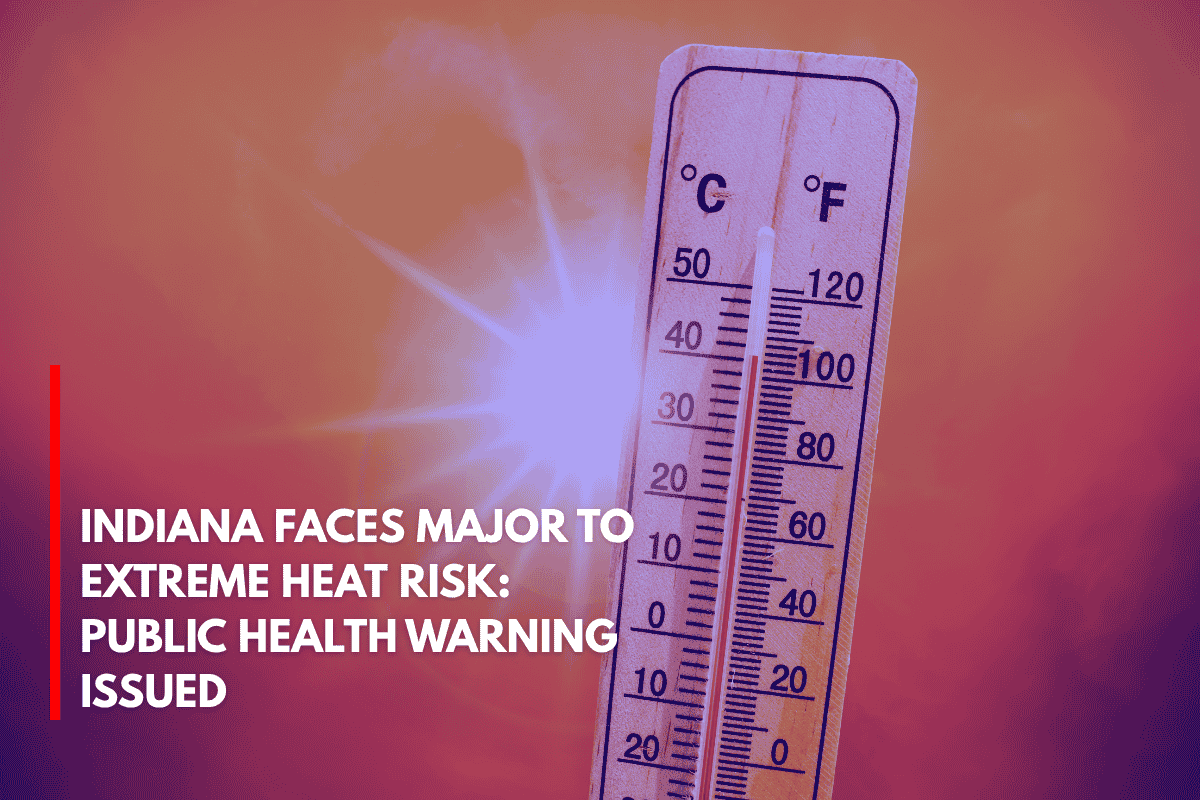





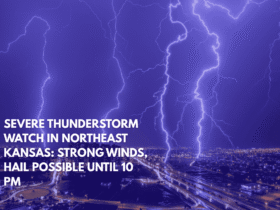
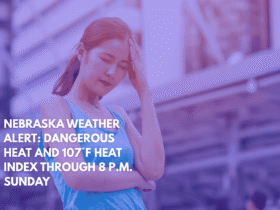
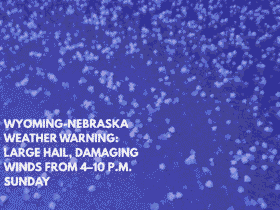
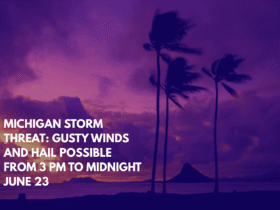
Leave a Reply